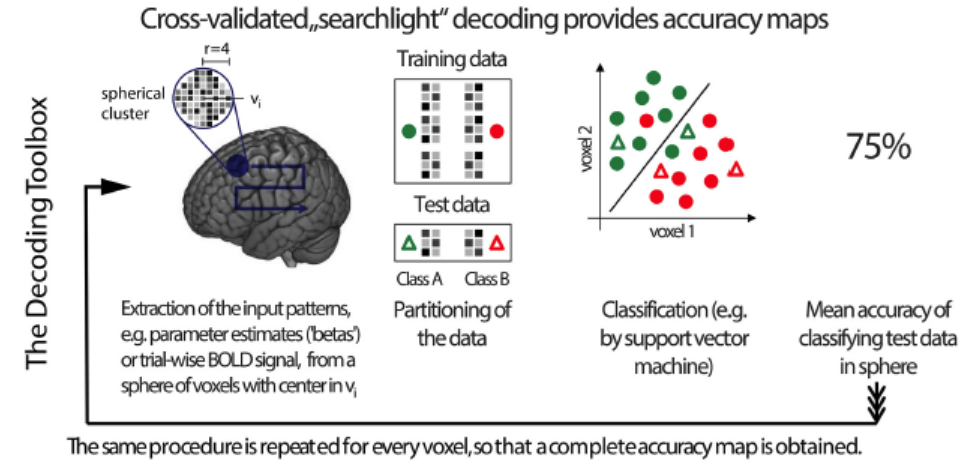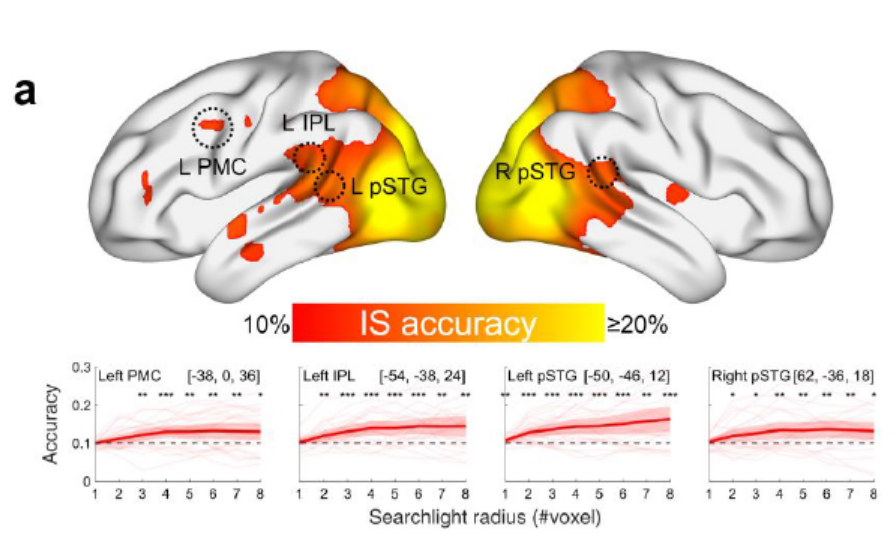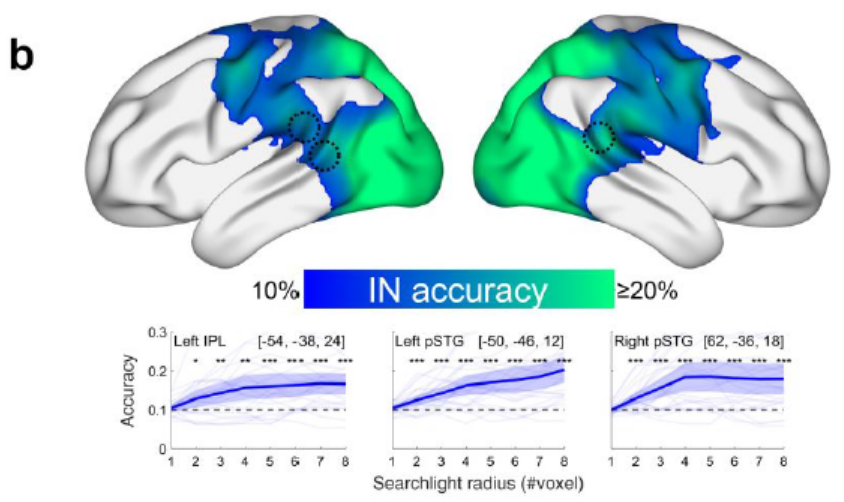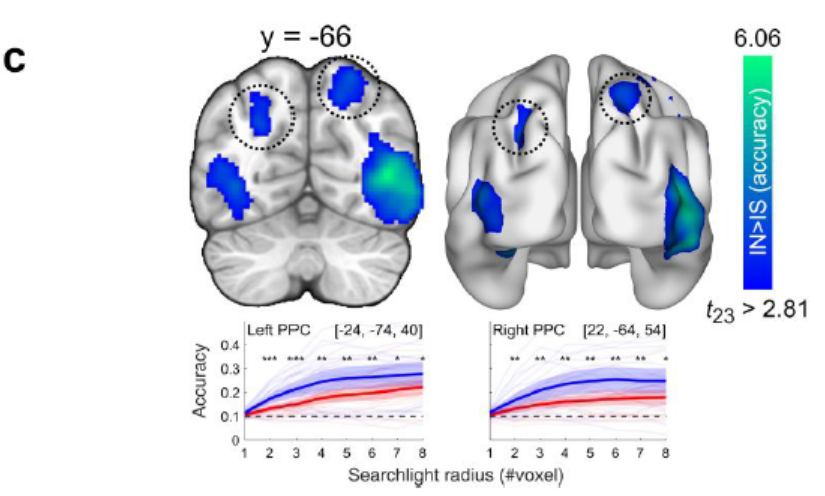Research Background
Predictions are constantly generated from diverse sources to optimize cognitive functions in the ever-changing environment. However, the neural origin and generation process of top-down induced prediction remain elusive. We hypothesized that motor-based and memory-based predictions are mediated by distinct feedback networks from motor and memory systems to the sensory cortices. Using fMRI and a dual imagery paradigm, we showed that motor and memory upstream systems excited the auditory cortex in a content-specific manner. Moreover, the inferior and posterior parts of the parietal lobe differentially relayed predictive signals in motor-to-sensory and memory-to-sensory networks. Our results reveal the functionally distinct neural networks that mediate top-down sensory prediction and ground the neurocomputational basis of predictive processing.
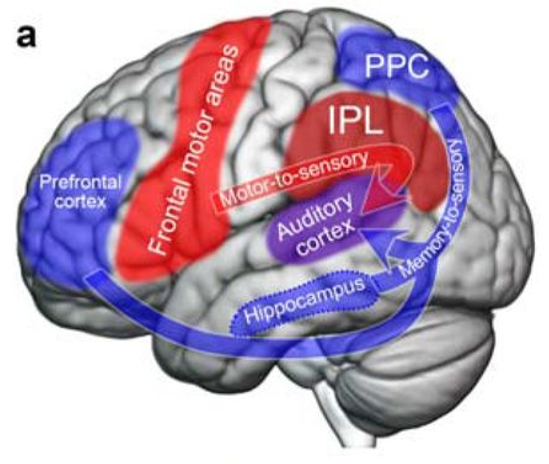
Figure 1.1 The Dual-Stream Prediction Model (DSPM)
